By Gino Ng
There is weak or poor evidence that cushioning in high-tech running shoes reduces impact forces or injury rates, according to a study published in the latest issue of the British Journal Of Sports Medicine*. The same study also questions the assumption that motion-control shoes are effective in reducing injuries.
The researchers reviewed results since 1950 from controlled clinical trials and systematic reviews (the two highest levels in terms of quality with regards to research papers).
The aim of the research was to investigate if running shoes with highly-cushioned heels or pronation-controlled systems depending on the wearers foot type had any effect on running injury rates, risk of osteoarthritis, overall well-being and of course running performance.
American Frank Shorter won the marathon Olympic gold medal on September 10, 1972 and it is believed that his victory ushered the start of the American running boom where millions of Americans took up running leading to a huge surge in running shoes being sold. This has led to the vast shoe industry that we know today.
Since the 1980s, the heels of running shoes are heavily cushioned and have features to control subtalar joint (also known as talocalcaneal joint; where the talus meet the calcaneus) motion. Prescribing such shoes along with orthotics are considered the gold standard for injury prevention. Depending on your foot type, overpronators, mild pronators and supinators are prescribed motion control, stability and cushioned shoes respectively.
The use of cushioning in running shoes are based on the following assumptions:
1. Impact forces while running is a significant cause of injury.
2. Running on hard surfaces causes high impact forces.
3. A cushioned shoe reduces impact forces.
4. Cushioning itself causes minimal injury.
Evidenced based facts from the study are:
1. Weak evidence to show that running on hard surfaces increases impact forces or injury rates.
2. Weak or poor evidence to show that cushioning reduces impact forces or injury rates.
3. Diminished proprioception (joint position sense) is a significant side effect of heavily cushioned shoes.
4. Reduced ability to monitor impact and foot position carries a significant risk of harm.
The use of pronation control systems (or motion control shoes) is based on the following assumptions:
1. It helps to normalize subtalar joint motion in the foot.
2. Over-pronation is linked to overuse injuries.
3. Limiting pronation will minimize this risk of overuse injuries.
4. Motion-control shoes are effective in reducing injuries via this approach.
Evidenced based facts from the study are:
1. Subtalar joint motion or foot types are not consistently associated with runners’ injury rates.
2. Both motion-control and cushioning shoes are relatively ineffective and unreliable in changing subtalar joint motion.
3. Both motion-control and cushioning shoes cause both small and inconsistent changes in subtalar joint alignment.
In addition, shoe companies have suggested that raising the heel of a running shoe can minimize an achilles tendon strain and thus reduce achilles tendon injuries. However, the researchers found mixed results with this. In fact, since the introduction of shoes with cushioned heels and pronation controlled systems, there has been in increase in achilles tendon injuries rather a reduction.
Evidence also shows that foot placement on ground with the heel elevated causes the foot to be in a position of poor proprioception (or joint position sense). The result? An increase in injury. The current levels of heel height in running shoes have also been noted to increase pronation.
The researchers found no proof that high-tech running shoes reduce running injury rates, risk of osteoarthritis and overall well being.
What about improving running performance? None as well!
.
The researchers mentioned that sports medicine professionals and not advertising was to blame for this myth regarding high tech running shoes.
Why, you may wonder?
According to the researchers, endorsements by sports medicine professionals is the reason for the perpetuation of this myth. Sports Medicine Australia (SMA), the New Zealand Society of Podiatrists (PNZ) and the International Federation of Sports Medicine (FIMS) all have been endorsing shoes by ASICS despite no credible evidence. The researchers say that these footwear recommendations made by SMA, PNZ and FIMS are simply a part of sponsorship arrangements with ASICS.
*Reference
CE Richards, PJ Magnin and R Callister. (2009). Is Your Prescription Of Distance Running Shoe Evidenced Based. British Journal Of Sports Medicine. 43(3) pg 159-162.
About Gino Ng
Prior to joining Physio Solutions, Gino Ng worked as a senior sports physiotherapist at the Singapore Sports Council (SSC) from 1999-2009. He graduated with a double masters in Musculoskeletal and Sports Physiotherapy from the University of South Australia on a SSC sponsorship.
His special interests are in the treatment of articular cartilage injuries having done research in the area whilst undergoing his postgraduate training. He specializes in treating sports injuries, as well as devising sports rehabilitation programmes after reconstructive surgeries to the shoulder, knee and ankle joints.
As a former national triathlete, Gino is a 2-time Singapore National Triathlon champion (2000-2001), National Duathlon champion (2001), 9-time winner of the National Vertical Marathon (1998-2001, 2004-2005, 2007-2009). He has also placed 4th at the 2001 Asian Duathlon Championships in Hong Kong and made several podium finishes in the Asian Cup Triathlon Series events over the years while holding down a full-time job as a physiotherapist.
Partly as a result of his grueling training regime, Gino needed 3 knee surgeries in 2002 and 2003. After which he made a comeback and placed 4th in the 2005 SEA Games triathlon event.
When not participating, Gino has kept close to sports, travelling widely with the Singapore medical teams for major overseas events such as the various SEA Games, 2002, 2006 Commonwealth Games, the 2006 Asian Games and he is the only local Singaporean physiotherapist to be been to both the 2004 Athens and 2008 Beijing Olympics.

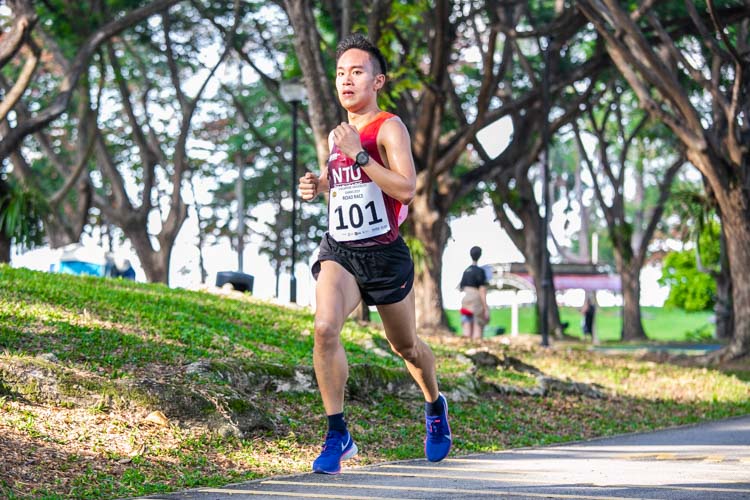
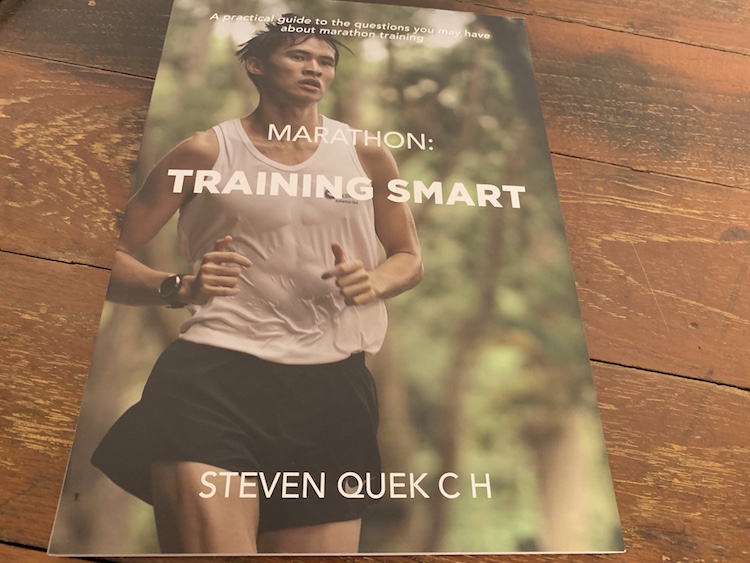
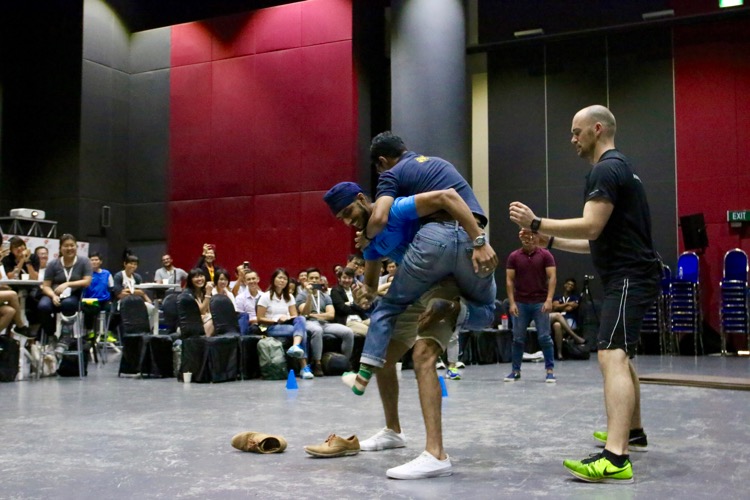

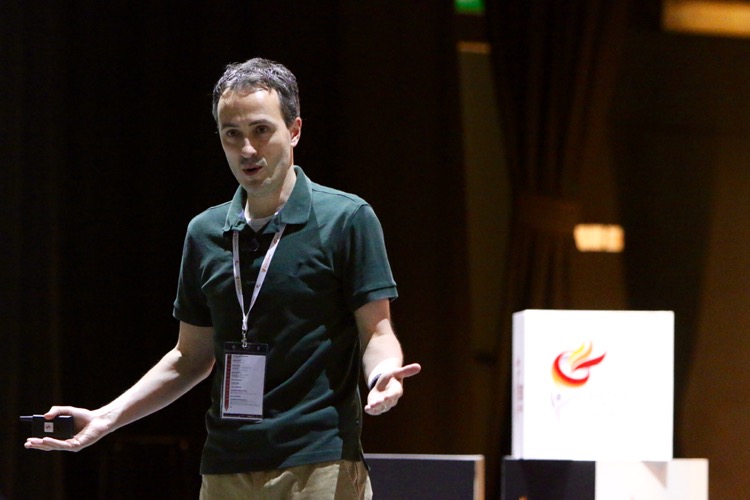

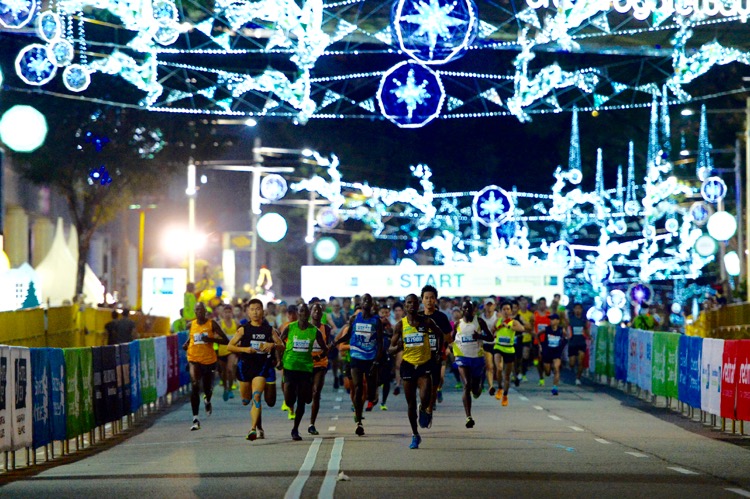
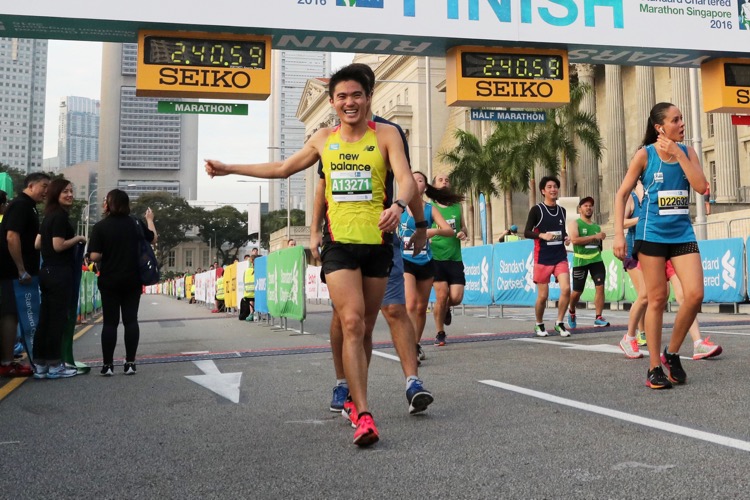
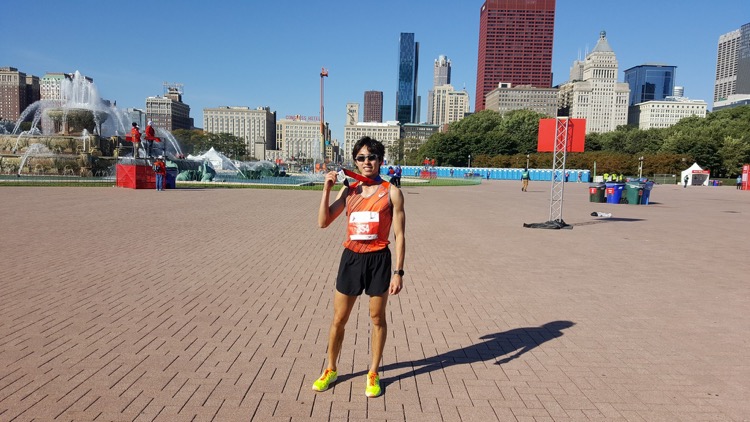
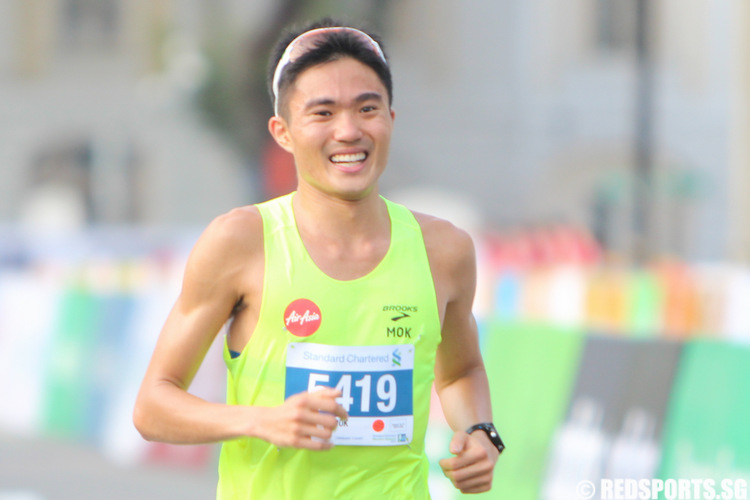
No problem Leon,
for more tips and advice please also see http://www.weloverunning.blogspot.com.
All the best for your races.
gino
thanks for sharing gino.
i have been training for the past year in lightweight racers or race trainers (New Balance), performance trainers at max for the longer runs. was under the school of thought that shoes with less cushioning allowed the muscles in the lower leg to develop and thus be stronger to withstand impact in the long term.
as i have been running competitively for some time, the changes weren’t significant other than the initial soreness you warned about, as i was taught to land on the midfoot rather than the heel.
all that you have said seems to working for me. thanks again for shedding some light on this issue!
Hi Leon,
you will have to be careful when switching to racing shoes if you
have been doing most of your previous running in the thicker, chunkier (or cushioned) training shoes. With training shoes like this, you may be landing more on on your heel.
Wearing racers (or racing shoes) may alter your running gait a little, you may have a more midfoot landing instead of on your heel (or rear foot).
This will work your muscles more, hence you may feel some initial discomfort or even some pain. Once your
muscles adapt, you will be stronger and feel that your running style is more natural.
Feeling sore in the muscles means it’s actually good as it stresses your joints and heel (bone)
less and that your muscles are bearing the load.
We do have a running club that will help our patients with their running. Please see our website http://www.physiosolutions.com.sg for more details.
Hope this helps.
gino
would it be thus safe to say that, it’s better in the long run to train in shoes with the bare minimum of features, ie. racers, for distance running? it would be interesting to know the writer’s professional opinion on this article.